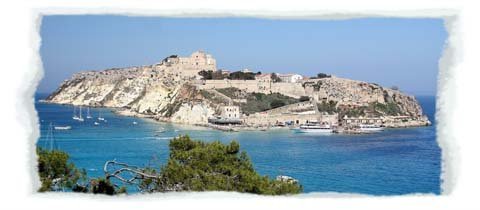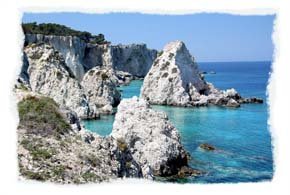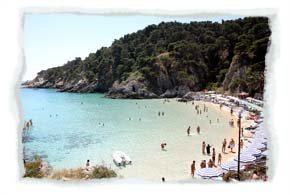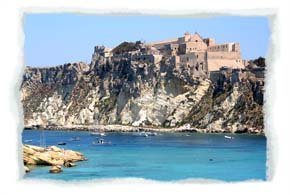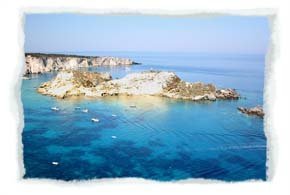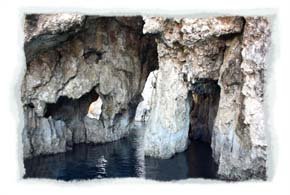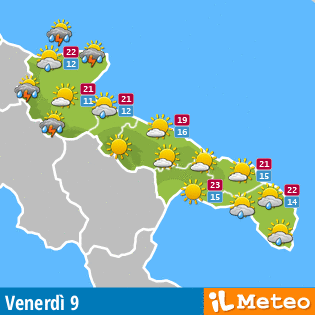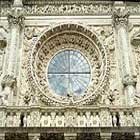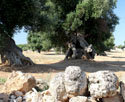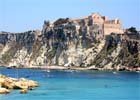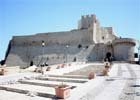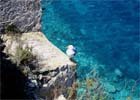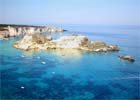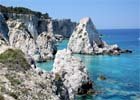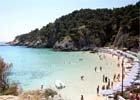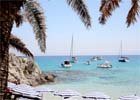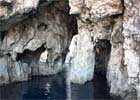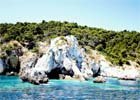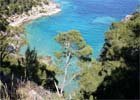Tremiti Islands
Tremiti islands, an archipelago of uncontaminated nature
It is an archipelago of uncontaminated nature, 22 km out to the coast of Gargano, which is formed by three main islands: San Nicola, San Domino and Capraia, to which we add the little island of Cretaccio and the farther Pianosa. These islands are also called Diomedee because the myth says that, after the Trojan war, the hero Diomede had been buried exactly here.
To visit
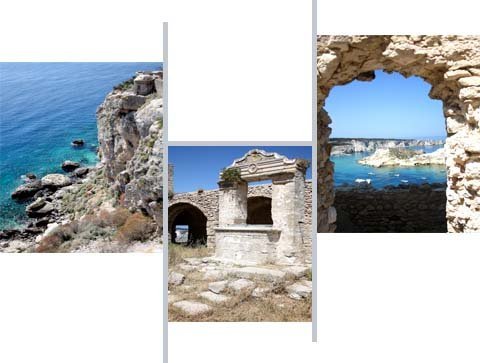
In antiquity (4th – 3rd century B.C.), these islands were intended to be a place of confinement but their history is not only related to people, more or less famous, here exiled; in fact the past of this archipelago has been mostly influenced by historical, politic and economic events regarding the abbey of Santa Maria a Mare.
During the whole year the population is only 400; but in summer it increases noticeably thanks to the presence of many tourists, attracted by crystalline waters, high and indented coastlines, uncontaminated coves.
In 1989 the Tremiti islands became part of the Gargano National Park with the institution of a marine protected area. The greatest part of the population lives on the island of San Nicola. It is characterized by the abbey of Santa Maria a Mare, which dominates the whole island; it was built by Benedictine monks in 1045.
In the 14th century the abbey was fortified becoming an impregnable fortress, so that the population repelled the attack of the sultan Solimano II in 1567. The church shows a quadrangular plan and a beautiful mosaic floor with Romanesque and Byzantine mechanical drawings, which dates back to the 11th century. It is worth mentioning a 13th – century wooden Crucifix and a Venetian style wooden gold polyptych, which dates back to the 15th century.
The island of San Domino is the biggest and the most beautiful island from a naturalistic point of view; it is characterized by nearly 90 hectares covered by pinewood and Mediterranean maquis, with an indented coastline rich of numerous sea caves. To visit the archipelago, it is possible to reach only the port of San Nicola and then get to the other islands using fishing-boats.

 Home PUGLIA
Home PUGLIA Places to visit
Places to visit Sea places
Sea places Ancient villages
Ancient villages Salento
Salento Gargano
Gargano Tremiti Islands
Tremiti Islands Valle D'Itria
Valle D'Itria Lecce Baroque
Lecce Baroque Holy sites
Holy sites Olive groves
Olive groves Sitemap
Sitemap